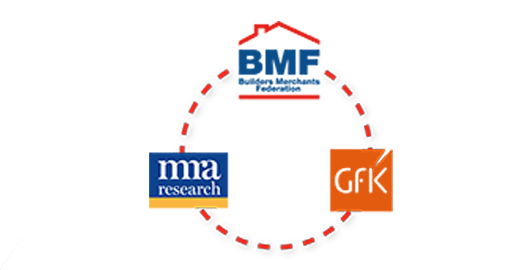Keystone Lintels comment: Q2 2016
Derrick McFarland, Managing Director Keystone Lintels is BMBI’s Expert for Steel Lintels.
The referendum is behind us. Initial fears of the economy going into freefall are wearing off and a more pragmatic even optimistic vision of the future is emerging. The outcome in Downing Street was a ‘comical’ distraction: in just under two months, we have a new Prime Minister, and a new Government with indications of some new directions. Whether or not we have a new opposition is still to be played out!
Confidence is critical to our industry and while changes are inevitable, no one really knows what the long term implications are at this stage. Some projects may be put on temporary hold while the fog clears and construction forecasts revised downwards, but national housebuilders are still citing strong sales and are talking positively about future expectations.
In the first six months of 2016 business was reasonably active and up by around 4% on the same period last year, with the market plateauing at the end of Q2. We expect it to stay flat until the end of the year. Material shortages in the steel industry are the biggest challenges for the next 6-9 months, and steel prices are projected to increase further, due to restricted supply.
The Bank of England’s cut in interest rates to 0.25% and its encouragement to other banks to keep lending sends a strong positive message. It should give the housing market a small lift, or at least maintain current activity. Our new PM Theresa May is also saying the right things, putting housebuilding at the centre of her economic policy agenda. In a recent speech, she emphasised the need to address the housing deficit to control rising house prices and help more young people on to the property ladder.
Looking ahead, product innovation and a ‘Fabric First’ approach are key priorities for Steel Lintels. With new regulations driving energy efficiency, housebuilders are increasingly looking for product solutions to help them meet these standards in the most efficient and cost effective way. Manufacturers need to be a step or two ahead and demonstrate a good technical understanding of what is required for tomorrow’s housing.



